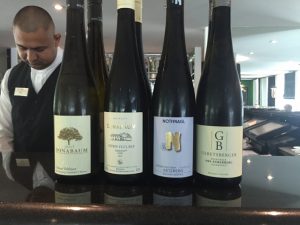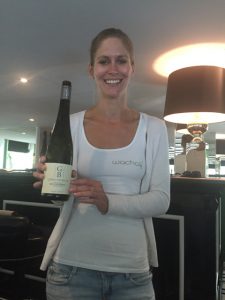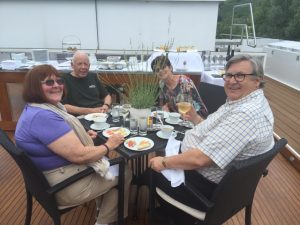Prague is widely considered one of the most beautiful cities in the world, its called the Golden City. The variety of architectural forms is an extraordinary harmony, the city can watch all directions and styles, where Romanesque and Gothic buildings, 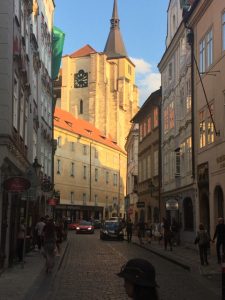
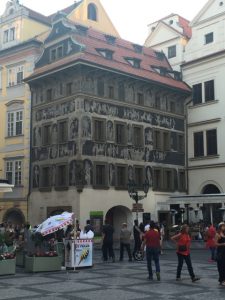 built in Renaissance and Baroque whimsically combined with more recent trends: modernism, cubism. It will take several days to experience all the splendor of the Czech capital.
built in Renaissance and Baroque whimsically combined with more recent trends: modernism, cubism. It will take several days to experience all the splendor of the Czech capital.
On our way into the city, we passed by this building – called The Dancing House, or Fred and Ginger, is the nickname given to the building designed by Frank Gehry – that’s right the same architect who designed the Walt Disney Concert Hall in LA.
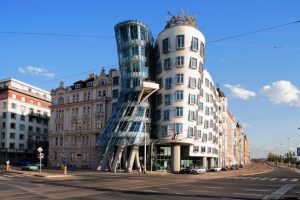
We arrived at the Art Deco Imperial Hotel just a few blocks from the Old Town Square.
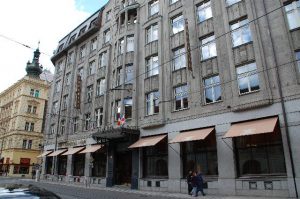
After getting checked in, we went down the street to a burger place and had a wonderful lunch (with a couple of brews) and chatted up locals at the adjacent tables. It is amazing to me that English is so common in Europe and yet we don’t speak other languages. O’well, maybe I start classes at PCC.
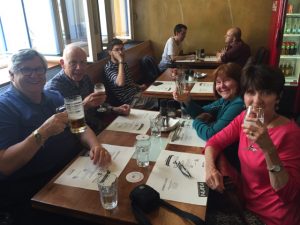
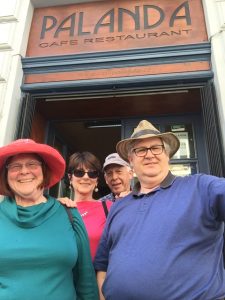
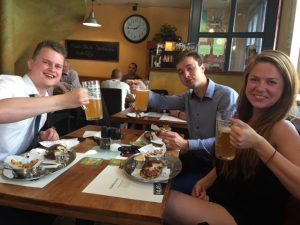
After lunch we walked along the river ultimately finding our way to the Old Town Square passing interesting restored buildings,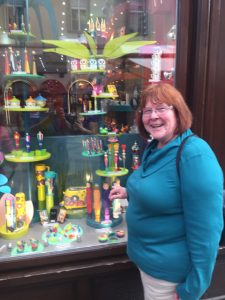 the Astronomical Clock. This was installed in 1410 making it the third-oldest astronomical clock in the world and the oldest one still operating. We were there in time for the 4 o’clock strike where all the movement operates – really something to see.
the Astronomical Clock. This was installed in 1410 making it the third-oldest astronomical clock in the world and the oldest one still operating. We were there in time for the 4 o’clock strike where all the movement operates – really something to see.
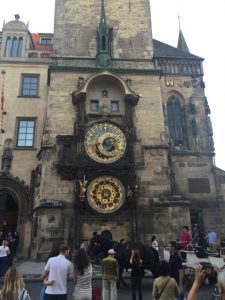
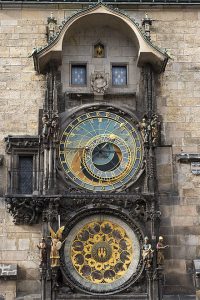
After another break for a beverage we went to our dinner spot – Wine O’Clock Shop. 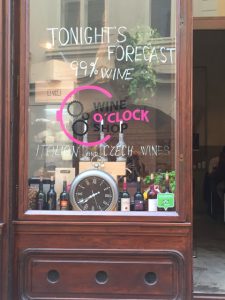 This was a small place with basically small plates available and lots of Italian Wines. It appears Veronika, the Owner, likes Italian wines and imports them from a small region along the eastern coast down by the boot. As part of our small plate dinner, Veronika made this really wonderful blue cheese dish.
This was a small place with basically small plates available and lots of Italian Wines. It appears Veronika, the Owner, likes Italian wines and imports them from a small region along the eastern coast down by the boot. As part of our small plate dinner, Veronika made this really wonderful blue cheese dish.
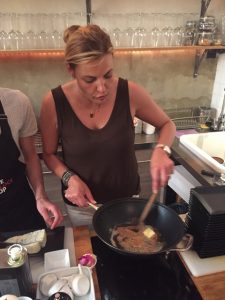
After finishing we headed back to the hotel to get ready for the next day in Prague.
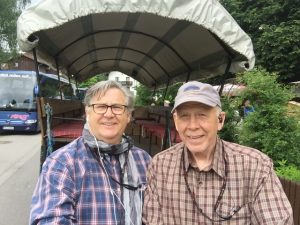
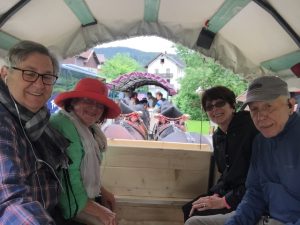
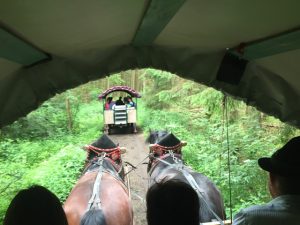 This was a nice alternative and included a site seeing tour along the route, a horse drawn coach adventure through the forest, a visit to a glass museum,
This was a nice alternative and included a site seeing tour along the route, a horse drawn coach adventure through the forest, a visit to a glass museum, 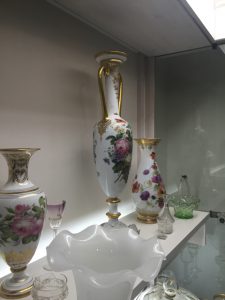
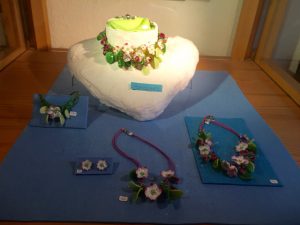
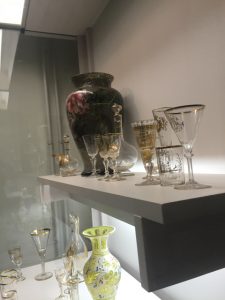 a glass factory and a lovely lunch.
a glass factory and a lovely lunch.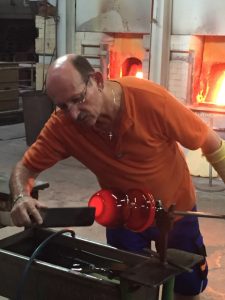
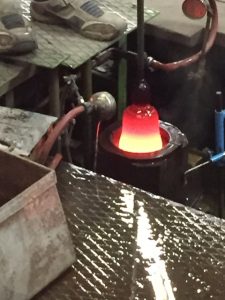
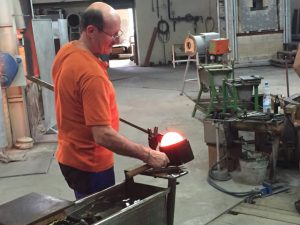
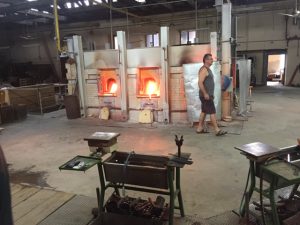
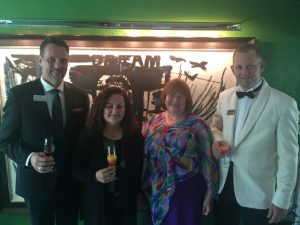 All and all a very nice day.
All and all a very nice day.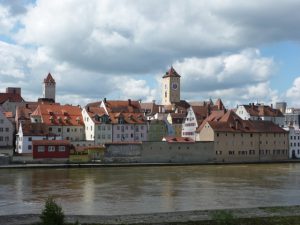
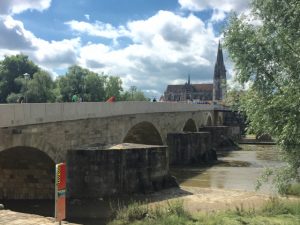
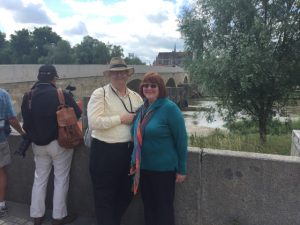
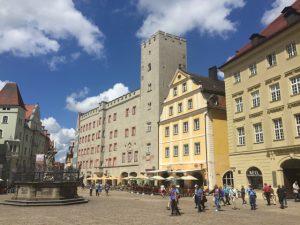
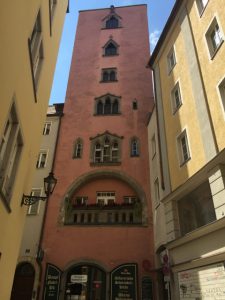
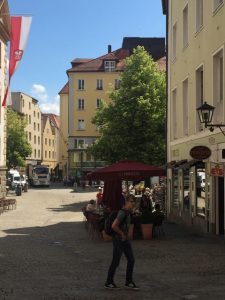
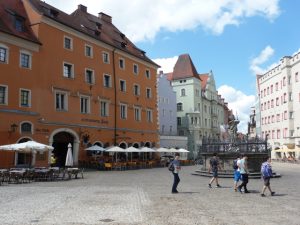
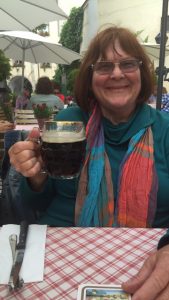
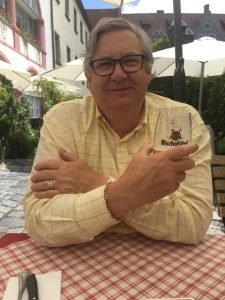
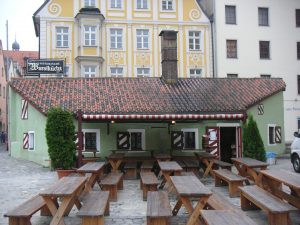
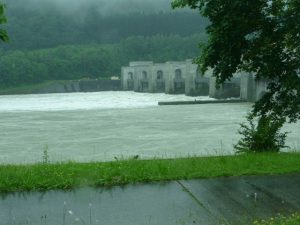 Once we docked, I noticed this canoe group bailing out the rain water that was making their trip quite an adventure.
Once we docked, I noticed this canoe group bailing out the rain water that was making their trip quite an adventure. 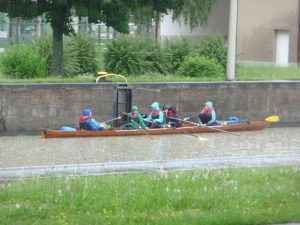 Why you would want to canoe on this river is beyond me. Altho, there was a group of our fellow passengers who decided to do a bike adventure – 17 miles – from our last port of call to Passau arriving just before lunch. Gloria, our friend from North Carolina was part of this group – it rained virtually the entire time of their ride.
Why you would want to canoe on this river is beyond me. Altho, there was a group of our fellow passengers who decided to do a bike adventure – 17 miles – from our last port of call to Passau arriving just before lunch. Gloria, our friend from North Carolina was part of this group – it rained virtually the entire time of their ride. 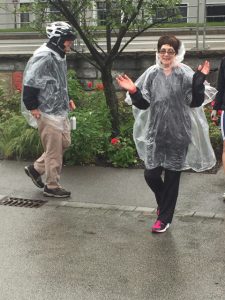 Again, not sure why this group did this but they all said it was fantastic and thAfter docking in Passau, which is situated in Germany along the Austrian border and lies at the confluence of the Danube, Inn and Ilz rivers. Known as the Three Rivers City, it is overlooked by the Veste Oberhaus, a 13th-century hilltop fortress housing a museum and observation tower. The old town below is known for its baroque architecture, including St. Stephen’s Cathedral, featuring distinctive onion-domed towers and an organ with 17,974 pipes. We arrived late morning and after lunch boarded the bus for a tour of the city.
Again, not sure why this group did this but they all said it was fantastic and thAfter docking in Passau, which is situated in Germany along the Austrian border and lies at the confluence of the Danube, Inn and Ilz rivers. Known as the Three Rivers City, it is overlooked by the Veste Oberhaus, a 13th-century hilltop fortress housing a museum and observation tower. The old town below is known for its baroque architecture, including St. Stephen’s Cathedral, featuring distinctive onion-domed towers and an organ with 17,974 pipes. We arrived late morning and after lunch boarded the bus for a tour of the city.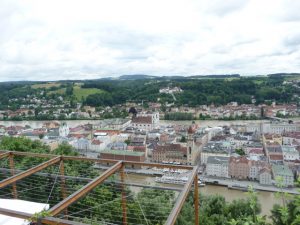
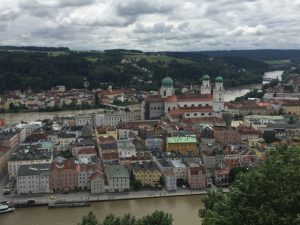
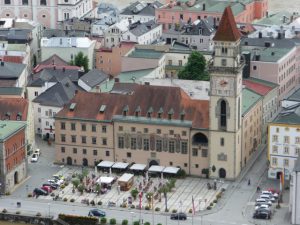
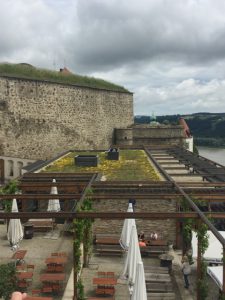
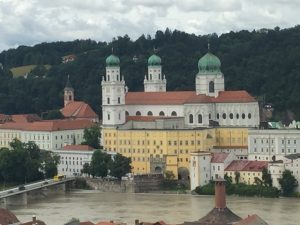
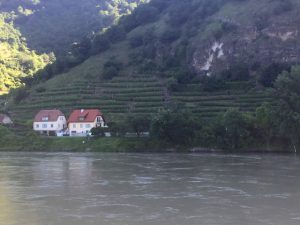
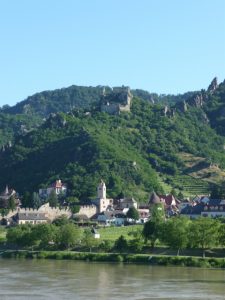
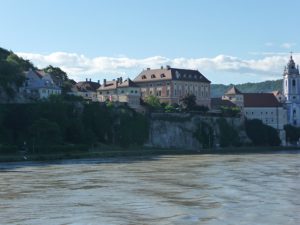
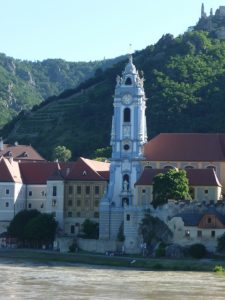 as we found our way to Spitz for a day tour of this little village.
as we found our way to Spitz for a day tour of this little village.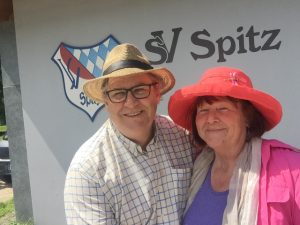 We started off with a visit to a nautical museum – showing the various boats used on the Danube over the years and how they moved these boats both down stream – easy of course – and upstream – very hard for sure.
We started off with a visit to a nautical museum – showing the various boats used on the Danube over the years and how they moved these boats both down stream – easy of course – and upstream – very hard for sure. 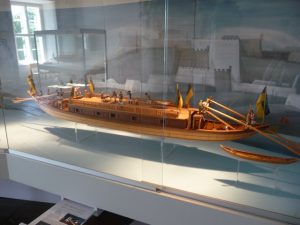
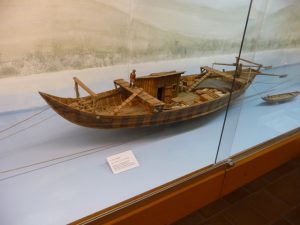
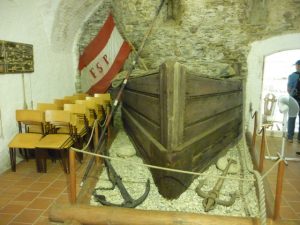
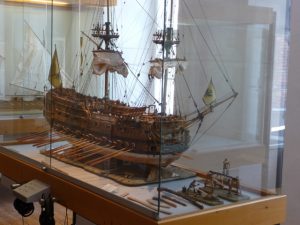
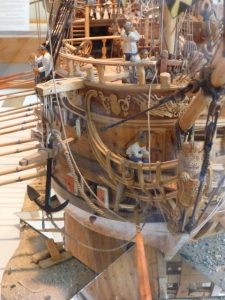
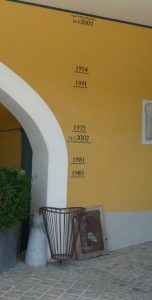 The high water marks along this building were very telling – we were about 5 feet above the current water level of the river already. To try and save the village they created a barricade wall they can install along the bank of the river. This is a removal iron wall that takes a couple days to install but certainly makes a difference in the safety of the village.
The high water marks along this building were very telling – we were about 5 feet above the current water level of the river already. To try and save the village they created a barricade wall they can install along the bank of the river. This is a removal iron wall that takes a couple days to install but certainly makes a difference in the safety of the village.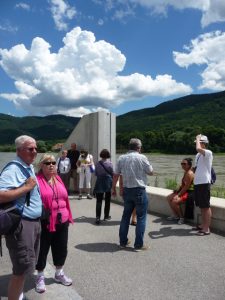 This is the starting point of the wall and insets between the concrete column in the above picture along the curb wall along the river.
This is the starting point of the wall and insets between the concrete column in the above picture along the curb wall along the river.